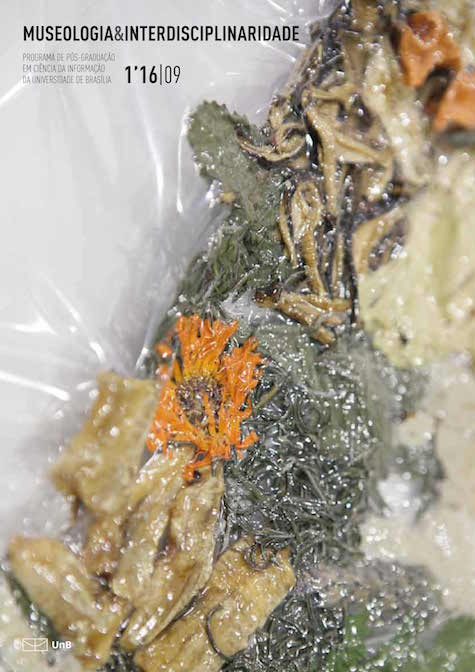Scientific Photography And Living Collections
Memory And Science
DOI:
https://doi.org/10.26512/museologia.v5i9.17300Keywords:
living collections, scientific photography, memory, scienceAbstract
Scientific instruments have been very important for the development of scientific research. In 1890, the researches of Hurter and Driffield on the sensitometric characteristics of photographic emulsions established the scientific bases for the uses and application of photography in scientific research. The methodical use of the photographic system provides scientific results, and we can refer to this system as Scientific Photography. Images that are produced through a controlled photographic system provide data capable of measurement, calculation and observation. Scientific photography has a very significant role in the research on living collections. The development of digital photography together with digital technology can amplify the definition for living collections in biology studies. Living collections, consequently, can refer not only to those colletions preserved in Botanical Gardens, Zoo Parks or Scientific Institutions, but also to natural habitats and ecosystems of living species. Historical and contemporary photographic archives that are preserved at scientific research institutions and at museums for science and technology contains very important documents to be used during scientific research works for preserving natural habitats, for recovering damaged ecosystems and for sustainable use of natural resources.


